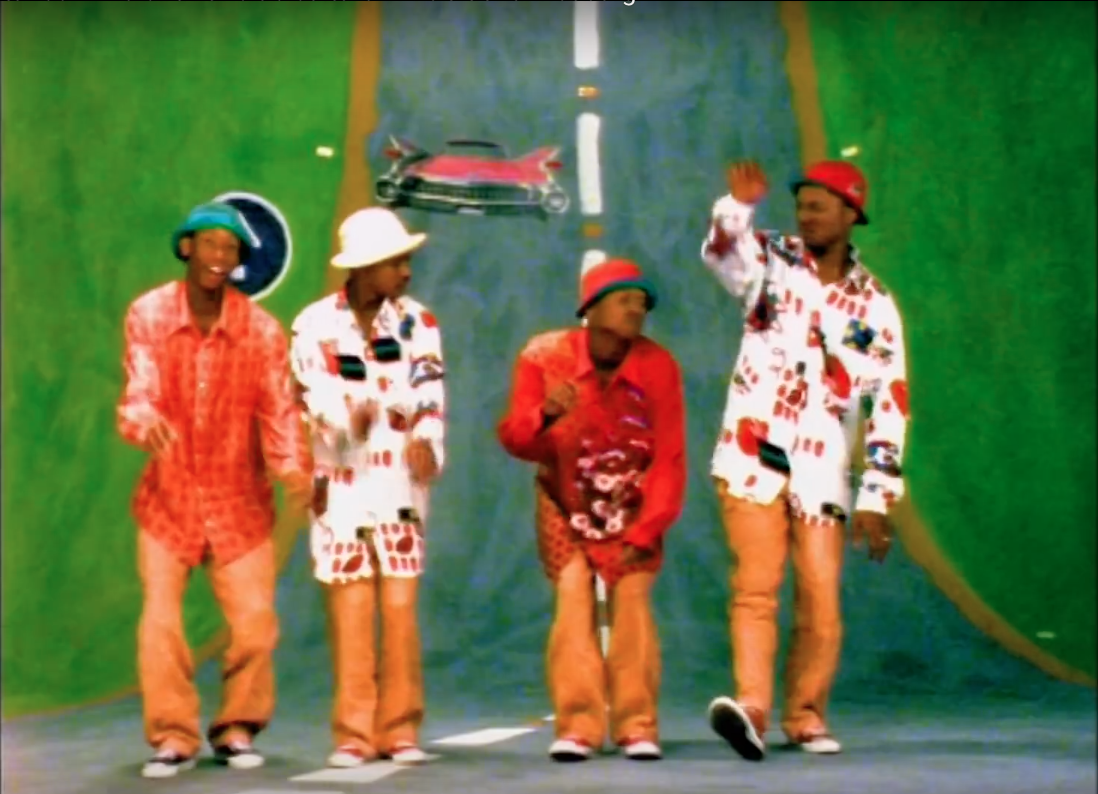Directed by Zandi Tisani, Rave & Resistance – The birth of club culture in 90s Johannesburg, opens with the following lines “In South Africa, there is no single story. There’s no single narrative. Everything is loaded and charged.” Brooding. But true.
Narrated by Lakuti, Oskido, Bob Mabena, Vinny Da Vinci, DJ Christos, Trompies, G-Force and more the documentary chronicles the origins of dance music in South Africa. Tisani together with Red Bull navigate the peculiarity of South African 90s club culture through personal accounts and archival footage with the result being rather hypnotic.
Rave & Resistance unfolds the most prominent periods of South African music from a cultural perspective. And takes its viewer down a trip of nostalgia, outlining the way in which our country’s legends, Brenda Fassie, Yvonne Chaka Chaka, Chicco Twala, Dan Nkosi and more moulded bubblegum and infused the rise of stars such as Zola, Bongo Maffin, M’du, Mandoza and Boom Shaka.
In a country isolated from the world as a result of an international cultural boycott, a rave and techno scene with its own characteristics crept in the underground in spaces such as 4TH World. These clubs were open to people of all races and sexualities.

The heavyweights of the scene had forever changed the culture of music without even knowing how their contributions would shape the game going forward. A movement so removed from the turmoil of South Africa peeked its glitzy and neon-drenched head to those who dared to seek the thrill of Johannesburg, Pretoria and Tembisa nightlife, resulting in life changing experiences for those who came to indulge in the pleasures of nightfall. The spaces where dance enthusiasts, perhaps drug enthusiasts congregated to get their vibe going was an island within apartheid.
Towards the end of apartheid, it was clear that there was a change ahead which had an impact on the way in which people interacted socially, specifically the youth. Music has always acted as an anchor in the expression of South African culture, especially in the wake of apartheid. Music was and is much more than entertainment which Rave & Resistance points to.
At the time, there was an invisible handing over from one generation to the next with artists such as Brenda Fassie fading from popular consumption and a stream of younger artists stepping in, Lebo Mathosa and Thembi Seete to name only a few.
“When I started discovering popular culture in Johannesburg, black culture, I was so terrified of my whiteness,” expresses cultural journalist Charl Blignaut in the documentary. Rave & Resistance introduces its viewer to a time in the townships where black youths were exploring a means of voicing their lived experiences in an unheard-of way. All the while white people were grappling with their privilege.
An interesting facet of this emerging cultural phenomenon was the spaces that these dance music ravers claimed as their stomping ground. Piccadilly, an old cinema. Constitution Hill. Skyline Bar. Previously white-owned clubs. Yeoville. As Lakuti expresses in the filmic piece, “Yeoville made everything possible”. These spaces had urban allure. Dance music became a universal language or as Lakuti explains, “it could have been the ecstasy talking”.
These islands fostered people from everywhere including white kids from Pretoria that grew up with ultra-fascist parents; escapism is what comes to mind. It was, however, pointedly that space and not the governing reality of South Africa.
Acid house music took over. Freedom. And then of course removed from the very white-dominated rave scene there was Kwaito; the genre that would shape the culture. Though this music was not available to the masses as the cultural boycott ensured that it was impossible to licence music, other streams had to be followed to make the sounds of the night available; and it was not easy.
Though 4TH World was the first multiracial club there was a definite distinction between that scene and the black and queer scene. As Lakuti points out, it was not an integrated space, she explains further that they did not question how white the scene was.
“We were exercising our freedom but escaping reality. We all accepted that we were new South Africans but not interrogating our whiteness and our past and what we continue to contribute to an unequal society,” – Charl Blignaut.



















































